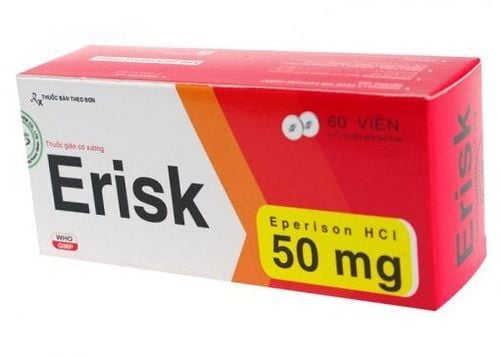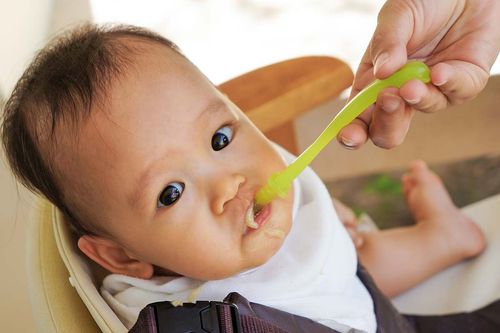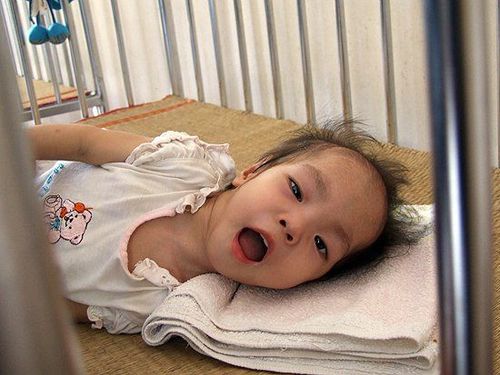This is an automatically translated article.
Article by Master, Doctor Vu Duy Chinh - High-tech Unit for Treatment of Cerebral Palsy and Autism - Vinmec Times City International Hospital
Eating and drinking of children with cerebral palsy always have difficulties and do not keep up with the developmental milestones of mouth-motor development compared with normal children. Eating defects in children with cerebral palsy are classified as swallowing disorders of neurological origin.
1. Eating problems in children with cerebral palsy
Feeding problems can be very complex for children with cerebral palsy, in fact, an estimated 35% of children with cerebral palsy are malnourished. Children with cerebral palsy are often thin, malnourished due to poor eating, children are often sick, children are stiff all day, which consumes a lot of energy, making children more severely malnourished. Therefore, taking care of children with cerebral palsy to eat and drink is a very necessary and important issue, what should children with cerebral palsy eat, how to eat to gain weight, not choke, not constipated ... is the question. Many parents come to see a doctor and consult a doctor.
Feed children with adequate nutrients, balanced nutritional composition:
Protein: Meat, fish, eggs, milk... Glucid: Rice, cereals, potatoes... Lipid: Fat, cooking oil Vitamins, minerals and vitamins fiber: Balance the composition of green vegetables, fruits... Children with cerebral palsy should eat soft and easily digestible foods, with a variety of dishes. For children with cerebral palsy at the age of weaning, in addition to breast milk, the child needs to be supplemented with other foods such as porridge or milk. .
For children with severe muscle spasms, difficult mouth and tongue movements, it is necessary to train the child to strengthen the oral muscles and use the tongue more effectively, making it easier for the child to eat and drink, and reduce the risk of choking. If the exercise of chewing and swallowing muscles is not successful, the child eats poorly, or vomits, the surgical placement of a gastrostomy tube to feed the child is the solution to consider to ensure adequate nutrition for the child.
Correct posture when taking care of children with cerebral palsy, feeding is also very important, to facilitate children to easily swallow food, to avoid choking and vomiting. Holding and supporting the child's head to slightly bend, soften the erector muscle groups, neck muscles, when feeding the child, the food should be brought from the bottom up, to avoid stimulating the child to look backwards.
There are 3 main abnormalities in swallowing:
Poor function of the tongue The child does not want to swallow Decreased pharyngeal movement In chewing, children with cerebral palsy also have difficulty, reflexes sticking out the tongue push food out but sometimes when the tongue is held firmly against the hard palate and causes food to be squeezed instead of being chewed. Therefore, when food is brought to the back of the mouth, the food pellets cannot be formed to induce the swallowing reflex, resulting in vomiting and aspiration. In addition to the difficulties in postural control, difficulties with head and neck movements, upper limbs, and grasping make it difficult for children with cerebral palsy to achieve self-feeding skills.
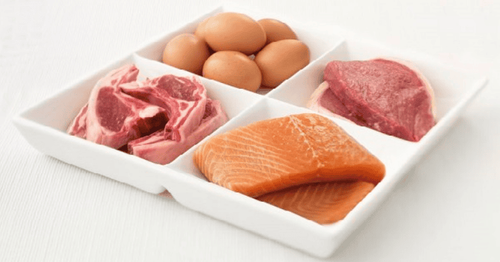
Ăn thức ăn giàu protein có lợi cho trẻ bại não
2. How can children with cerebral palsy eat and drink easily?
Because of all the above problems and causes, experts offer treatment options with the purpose:
Ensure nutrition and safety while eating, avoid aspiration of food Forming a pattern of eating activity Proper drinking of the lips, tongue, and jaw Helps children become independent in eating and forming good eating behavior
2.1 Sensation conditioning in the mouth area
Acquire sensations from far to near: 2 hands, face, mouth Massage with your fingers on both cheek muscles, inside cheeks, on tongue, and on baby's gums with appropriate force. The temperature and texture of food play a role in providing perception and regulation of sensation in the mouth. Solid and solid foods provide more sensory information to babies.
2.2 Correct sucking position
Postures that facilitate eating:
Sitting position with head and back straight, hands towards the midline, ensuring relaxation, comfort and facilitating eating activities. Keep baby's head and arms bent forward, always holding food and drink from the bottom up and from the front. Place the child in a slightly reclined position to keep his balance, head and back straight (position for the child to sit on the lap facing the mother) For better balance, place the child upright, hips flexed and over the mother's lap (mother and opposite child) Combined with the use of an adaptive device such as a special child seat.
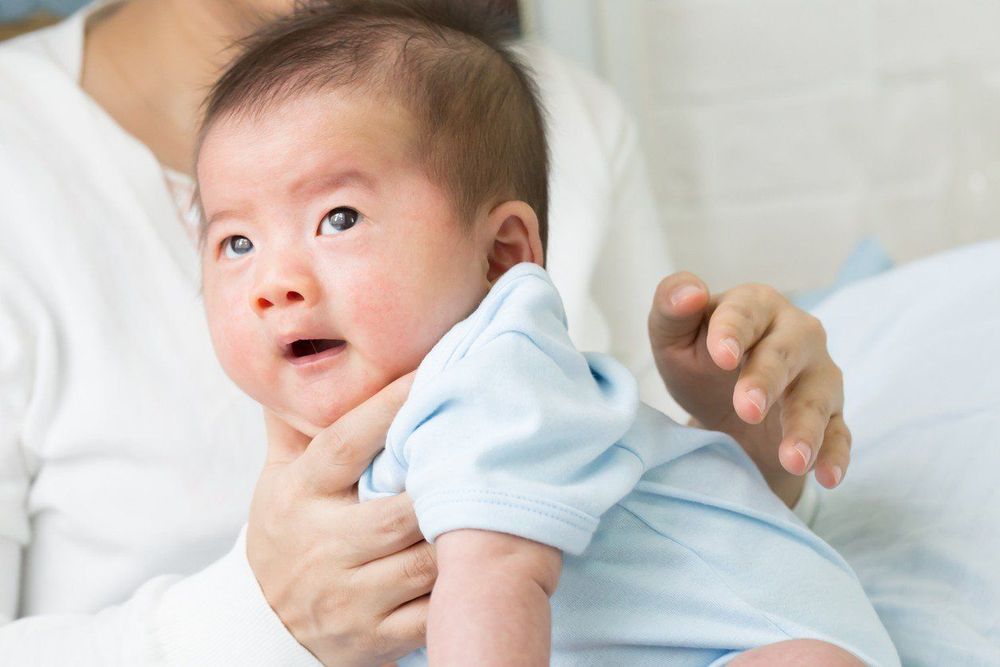
Cho trẻ bại não bú đứng để thuận lợi cho việc ăn uống
2.3 "Functional control" technique
Helps improve jaw control by supporting the jaw with more or less depending on the case.
3 The therapist's fingers are placed on the lower lip, lower jaw and temporomandibular joint The “jaw control” technique will help the child close his mouth, chew and swallow better. Use this technique when your baby opens his mouth repeatedly, drools, and has poor chewing ability. When the bite reflex increases: The therapist presses with deep force on the temporomandibular joint, using a flat plastic spoon (spoon) to protect the teeth. When the child sticks out his tongue: Use the "jaw control" technique in combination with using the bottom of the spoon to press the midline of the tongue when the spoon is in the child's mouth. Do exercises to move the tongue to the sides. When the baby's tongue is pulled back, touching the hard arch: stroke on the tongue with back-to-front pressure, pat under the chin and maintain the head bent, chin down on the chest while eating.
2.4 How to practice chewing
Put food between molars
2.5. Self-feeding: Gradually reduce the help for children when eating
Let's start by letting children pick and hold food by themselves and then guide them to put their hands to their mouths for them to feel and experience. Then train with spoons, chopsticks...
Correct posture when feeding children, children with cerebral palsy can use special seats specifically for children.
Pediatrics department at Vinmec International General Hospital is the address for receiving and examining diseases that infants and young children are susceptible to: viral fever, bacterial fever, otitis media, pneumonia in children, ... With modern equipment, sterile space, minimizing the impact as well as the risk of disease spread. Along with that is the dedication from the doctors with professional experience with pediatric patients, making the examination no longer a concern of the parents.
Customers can directly go to Vinmec Health system nationwide to visit or contact the hotline HERE for support.






